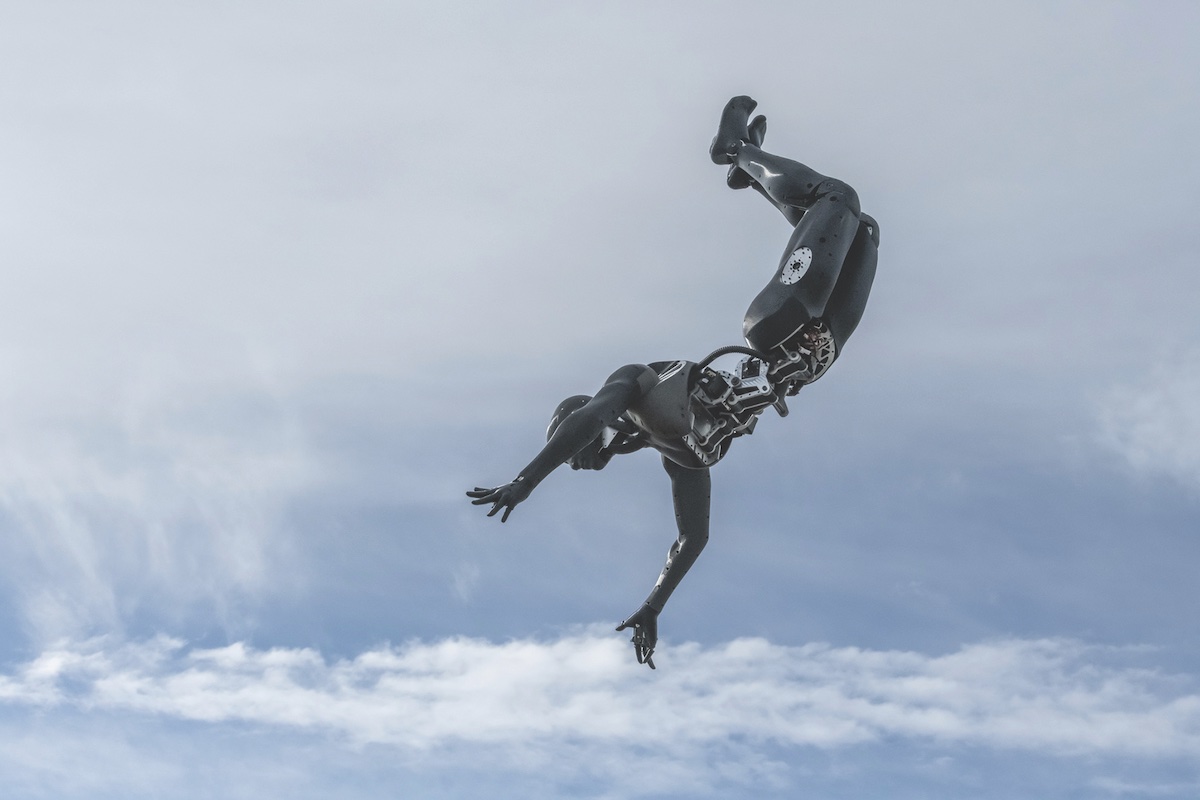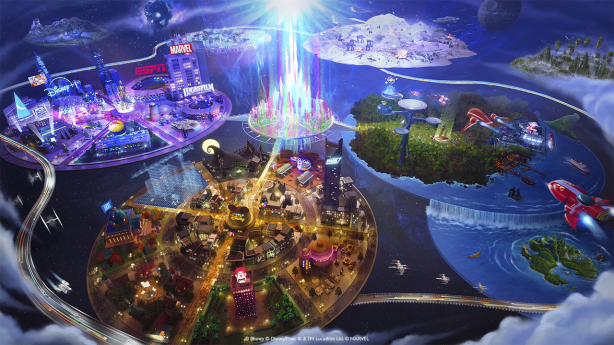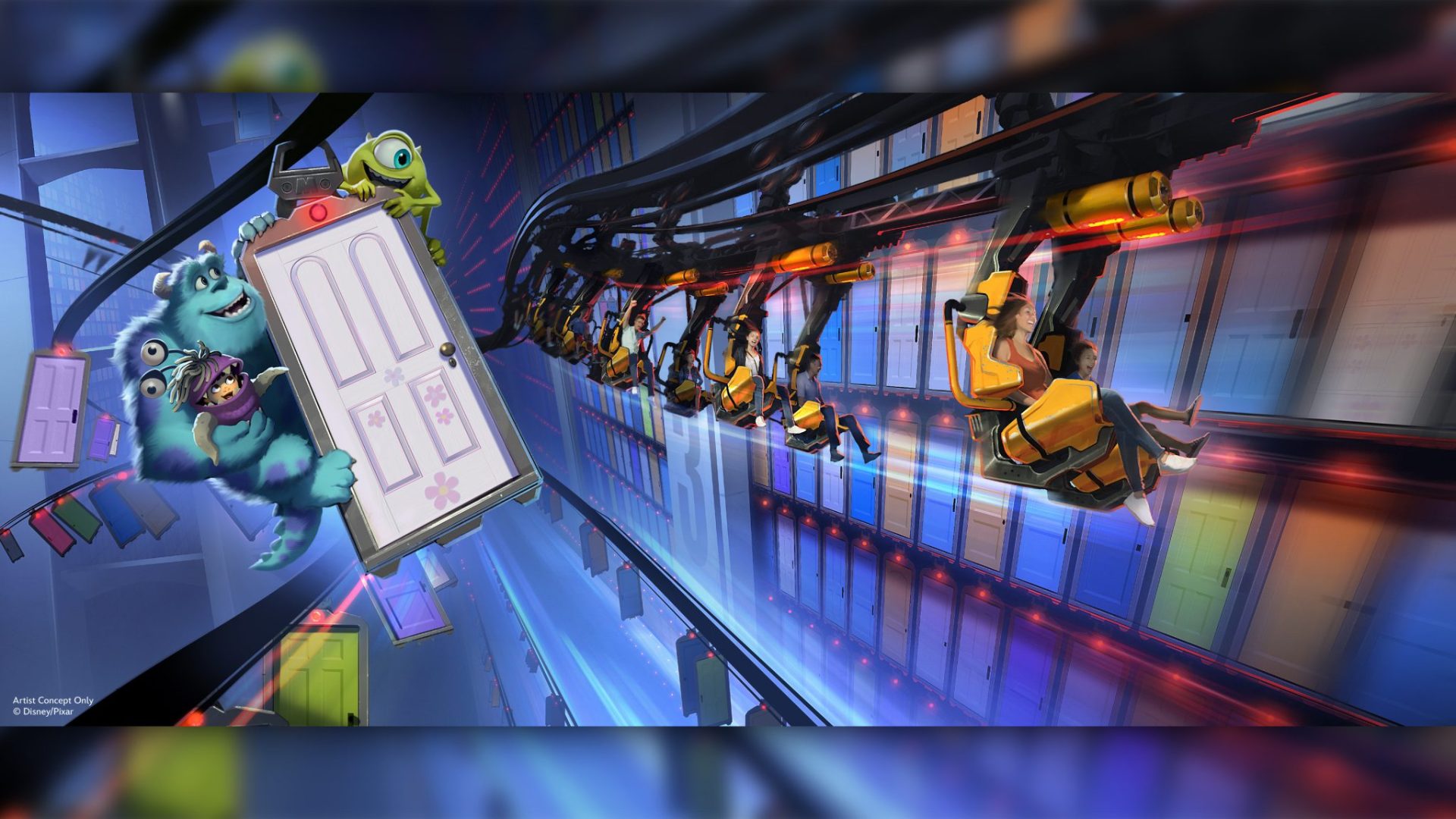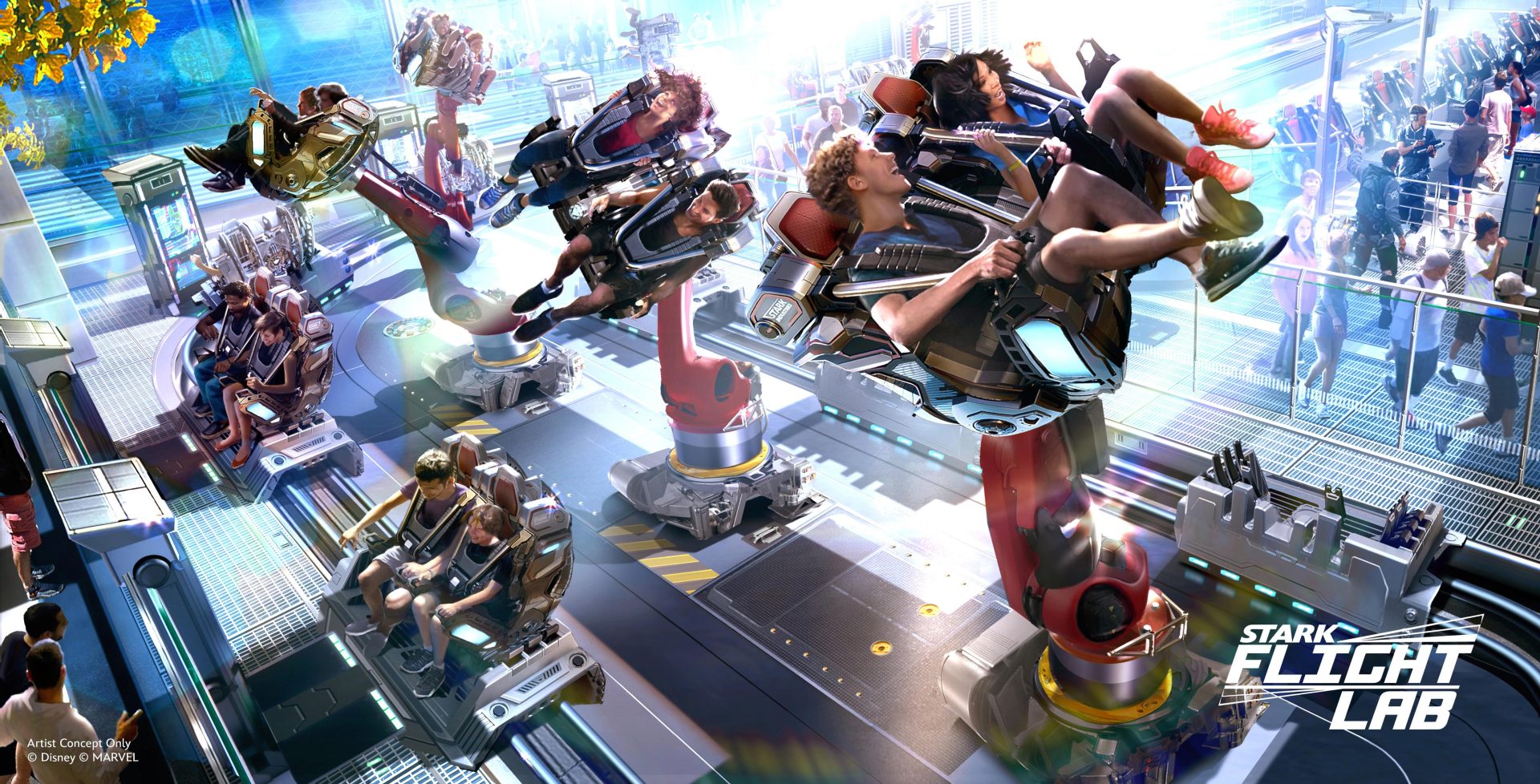Disney’s Tech Frontier: How Innovation is Transforming Theme Park Magic
For more than seven decades, Disney has been synonymous with storytelling and innovation. From the first Audio-Animatronics in the 1960s to today’s immersive lands, technology has always been the invisible hand shaping unforgettable guest experiences. Now, Disney is pushing the boundaries even further, blending robotics, artificial intelligence, and machine learning to create attractions and characters that feel alive.
The Evolution of Audio-Animatronics: From Tiki Birds to Stuntronics
Disney’s journey with robotics began in 1963 with the debut of Audio-Animatronics in the Enchanted Tiki Room at Disneyland. These lifelike, moving figures—capable of singing and speaking—were a marvel of their time, allowing guests to interact with beloved characters in ways never before possible. Walt Disney’s vision was clear: technology should serve the story, making imaginary worlds feel real.
Over the decades, Audio-Animatronics evolved rapidly. The Abraham Lincoln figure at the 1964 World’s Fair was Disney’s first fully animated human, followed by the iconic pirates and townspeople in Pirates of the Caribbean. Today, the latest figures—used in attractions like Tiana’s Bayou Adventure and Star Wars: Rise of the Resistance—feature advanced expressive motion, custom motors, and standardized systems for consistent realism.

But the most dramatic leap has come with Stuntronics: autonomous robot stunt doubles capable of performing extreme aerial maneuvers. Developed by Disney Research, Stuntronics use onboard sensors to make real-time decisions while flying up to 85 feet in the air, capturing the nuances of Spider-Man’s acrobatics in Avengers Campus.
Robots with Personality: The Rise of BDX Droids
The latest stars of Disney’s innovation story are the BDX droids. These expressive, free-roaming robots are inspired by the Star Wars universe. These characters aren’t just mechanical marvels; they’re storytellers in their own right.

What makes them extraordinary? Reinforcement learning. Imagineers created thousands of digital twins of the droids and placed them in simulated environments, where they learned to walk, balance, and navigate obstacles. In just days, these virtual droids accumulated the equivalent of 30 years of experience before their real-world debut. The result: robots that can emote, dance, and interact with guests in ways that feel spontaneous and authentic.
Machine Learning Meets Marvel and Star Wars
Disney’s embrace of machine learning goes beyond robotics. Attractions like WEB Slingers: A Spider-Man Adventure use advanced gesture-recognition systems powered by machine learning to track guest movements and render interactive experiences in real time. Meanwhile, the Millennium Falcon: Smugglers Run is being updated with a new mission featuring The Mandolorian and Grogu, using assets from the upcoming film and leveraging Epic Games’ Unreal Engine for seamless, cross-platform storytelling. This means stories will evolve across movies, games, and attractions.
From Physical to Digital
Disney’s innovation isn’t stopping at the park gates. In a bold move extending its storytelling into a new interactive realm, the company is partnering with Epic Games to create a next-generation entertainment universe powered by Unreal Engine. Backed by a $1.5 billion investment, this initiative will integrate with Fortnite and give fans a dynamic playground where they can play, watch, shop, and interact with content from Disney, Pixar, Marvel, Star Wars, Avatar, and more. It’s a world-class gaming experience designed to let players shape their own adventures, celebrate their fandom, and share creations with a global community—bringing Disney’s characters and stories into an entirely new dimension.

Engineering for Emotion: Cars and Monsters, Inc.
Disney Imagineers are working with Pixar to bring new worlds to life, including a Monsters, Inc. door coaster—Disney’s first suspended coaster with a vertical lift—and a new Cars attraction at Magic Kingdom featuring custom off-road vehicles. These projects use real-world data, engineering mock-ups, and collaborative design to ensure every detail delivers emotional impact and authenticity. Imagineers even tested vehicles on desert trails to capture the feeling of adventure and exploration.

Stark Flight Lab: Robotics as Storytelling
In Avengers Campus, the upcoming Stark Flight Lab attraction will feature “gyro-kinetic pods” that transfer guests from a track to massive robot arms, performing high-speed maneuvers inspired by Iron Man. Imagineers designing the attraction used motion-capture technology and human choreography to give these robot arms lifelike, character-driven movements.

Guest Experience Impact: Technology in Service of Magic
At Disney, technology is never an end in itself—it’s always in service of the guest experience. The seamless blend of art and science, pioneered by Walt Disney, remains at the heart of every innovation.
“Because we have both physical destinations and digital platforms, we can connect fans to the stories they love in ways no one else can—on a global scale,” said Josh D’Amaro, Chairman, Disney Experiences. “What you’re seeing now is a true convergence: great stories meeting cutting‑edge tech inside deeply immersive, real‑world experiences. That combination is unrivaled—and it’s exactly what fans are craving.”